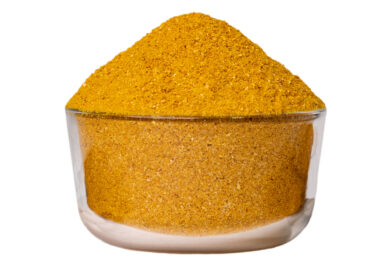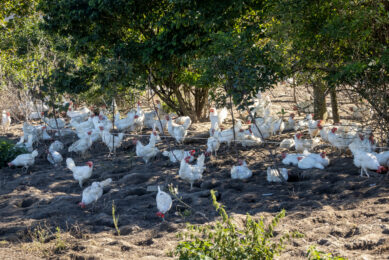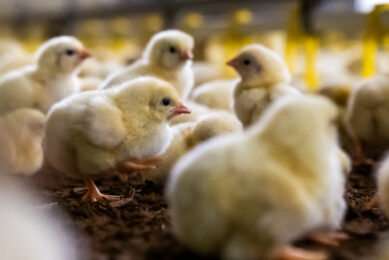S. Arabia eyeing US DDGS for poultry feed
A trip was recently made to Saudi Arabia to discuss the buying and logistics of US distiller’s dried grains with solubles (DDGS) and sorghum with influential players in the importing industry.
US Grains Council Consultant John Miller, Southwest Agribusiness Consulting Inc., and USGC Regional Director in the Middle East and Subcontinent Joe O’Brien travelled to Saudi Arabia for the discussions.
“Logistics for a free flow of sorghum and DDGS would mean prices are feasible, and ships can be loaded with corn, sorghum and DDGS without extra loading costs or expenses,” said O’Brien, adding that their work is definitely cut out for them.
According to O’Brien, white sorghum has been imported into the Kingdom of Saudi Arabia (KSA) in the recent past, mostly from Sudan, and was mainly used for poultry feed. When discussing red sorghum with the industry leaders, however, there seems to be some confusion as O’Brien said poultry producers are convinced red sorghum causes poultry to have more yellowish skin.
“We discussed with poultry producers that the skin yellowing is not related to red or white sorghum or tannin levels. In fact, we explained sorghum use allows for whiter skin. We proposed bringing a poultry nutritionist to KSA to meet with the industry representatives and provide information on the inclusion of sorghum (and DDGS) into broiler rations,” he said.
In January, KSA’s Ministry of Commerce and Industry revised its feed ingredient import subsidy programme. The sorghum subsidy is currently listed at $50.13 per mt, which O’Brien believes is sufficient enough to retain interest in sorghum usage at the current cost structures. While the subsidy revision provides US corn and sorghum farmers an excellent opportunity for sales in Saudi Arabia, getting DDGS included on the subsidy list will be a more challenging task.
The request to include a feed product to the subsidy list comes from domestic feed importers through official letters addressed to the Minister of Agriculture. The National Feed Committee, made up of the Ministers of Agriculture, Water, Commerce and Finance, evaluates the feed or feed ingredient for its protein and calorie content and decides whether or not to include it on the subsidy list. Importers can also ask the government to review subsidy calculations, given they have strong reasons.
“There is a high level of interest in the use of DDGS in Saudi Arabia. Feeding industry leaders are just now becoming aware of some of the studies and trials of DDGS use in animal production,” said Miller, who conducted one-on-one consultations and seminars with industry leaders. “Due to its comparative availability and price, industry leaders across the board feel this is a commodity worth looking into for the feeding sector there.” The Council will continue to work within this market to ensure KSA remains a consistent customer of US grains and co-products.
Source: US Grains Council











